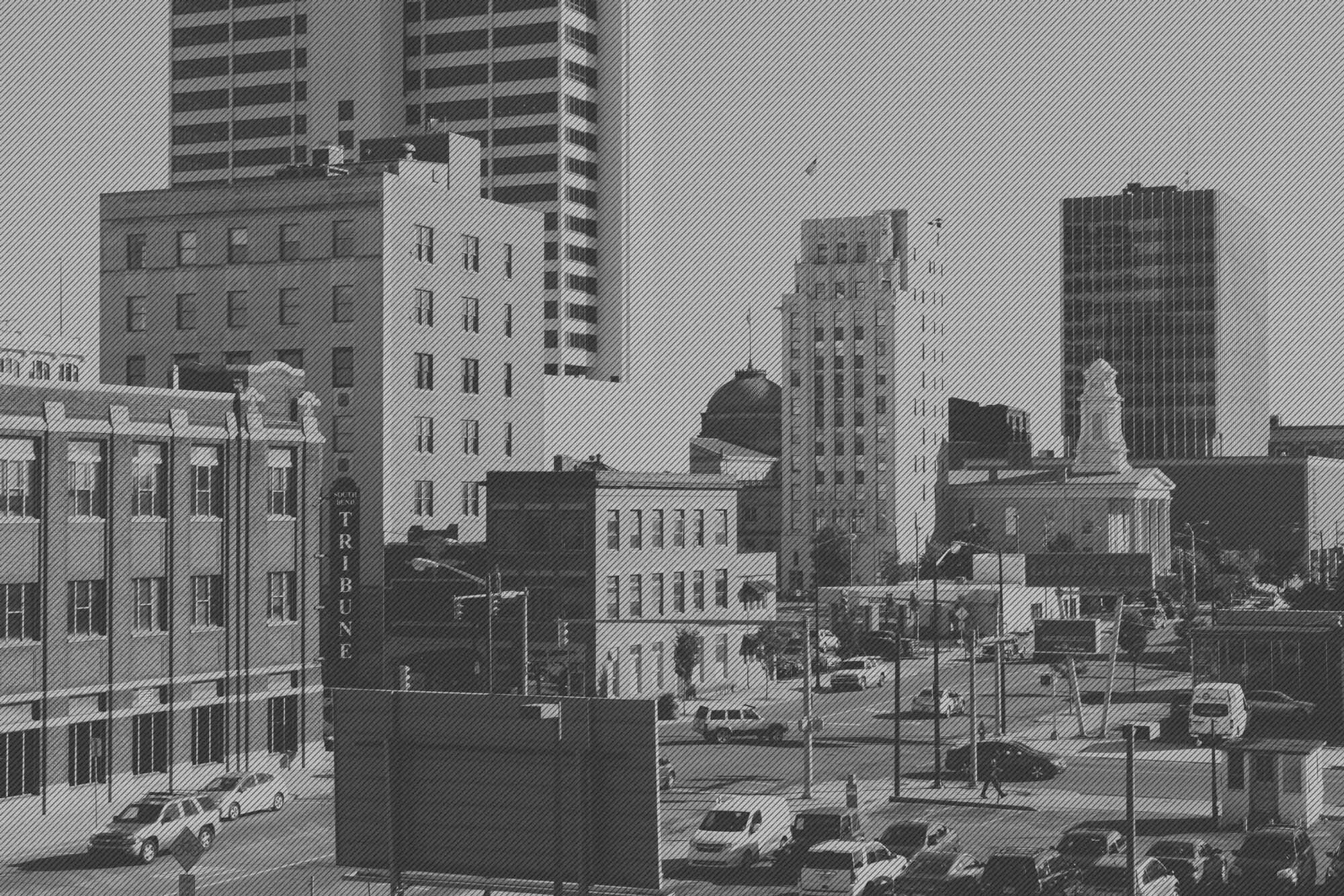
"It’s been great," he says, "we can’t wait for it to expand."
Beacon Health System [Memorial Hospital]
Steve Huffman says he knew from the start that Memorial Health System wanted to be part of ChoiceLight, the dark, fiber optic cable optic network that loops nearly 50 miles underneath South Bend and Mishawaka and offers virtually unlimited bandwidth to subscribers. Huffman, the system’s vice president and chief information officer, says ChoiceLight has significantly sped up access to patient records and allowed Memorial to update disaster recovery data in real time.
"In the old days, when you showed up at a clinic, your doctor would fill out a paper chart," he says. "Then when you were shuttled on to another doctor or another clinic, you had to rely on drivers to move that information along," he said. Now, thanks to ChoiceLight, that information − which can include sophisticated scans and radiological studies − can be transferred around the Memorial network in the blink of an eye, he says.
"With improved connectivity, those records can be accessed immediately. The more information we collect on you via electronic medical records gives a more complete picture across our continuum of care. Metronet [ChoiceLight] certainly helps with that." Huffman says Memorial, a founding member of ChoiceLight, is now joined with four outlying sites and looks forward to linking up to its offices in neighboring Mishawaka. "One of the reasons we joined was to get high−speed access to some of our remote facilities," he says.
Memorial houses about 10 terabytes of data at its disaster recovery facility that is updated in real time across the ChoiceLight. That includes what he calls "duplicate writes" of all of the health system’s electronic medical records data, which is even more substantial than its radiological images. "The longer the distance, the more data you shove down that pipe, the more expensive it gets. So anything we could do to increase bandwidth and hold costs steady − or reduce them − was a huge incentive for us."
Huffman says Memorial runs its own disaster recovery center at a South Bend facility managed by GramTel data services company, a subsidiary of Cincinnati Bell. "They supply us the floor space and we manage the servers," he says. Huffman says he figures the health system − which has 2,500 employees and runs the 525−bed Memorial Hospital − is saving more than $100,000 a year by using ChoiceLight to send and receive data from its disaster recovery center. Huffman says ChoiceLight has more than lived up to his expectations.
"It’s been great," he says, "we can’t wait for it to expand."
